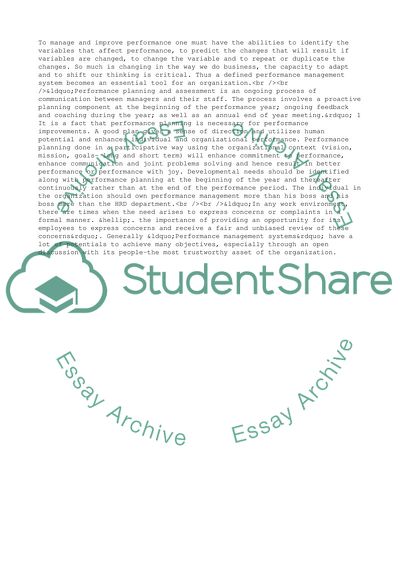Cite this document
(Performance Planning - Defined Performance Management System Assignment, n.d.)
Performance Planning - Defined Performance Management System Assignment. https://studentshare.org/management/1707776-human-resource-management
Performance Planning - Defined Performance Management System Assignment. https://studentshare.org/management/1707776-human-resource-management
(Performance Planning - Defined Performance Management System Assignment)
Performance Planning - Defined Performance Management System Assignment. https://studentshare.org/management/1707776-human-resource-management.
Performance Planning - Defined Performance Management System Assignment. https://studentshare.org/management/1707776-human-resource-management.
“Performance Planning - Defined Performance Management System Assignment”. https://studentshare.org/management/1707776-human-resource-management.


